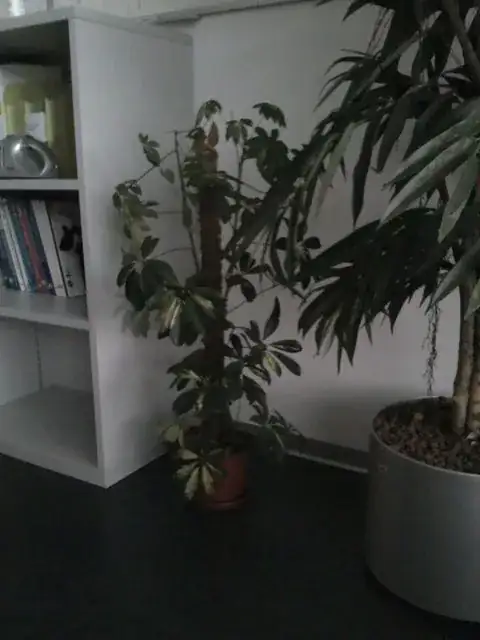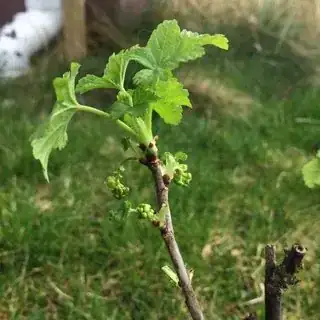Due to a trimmer accident I currently have an entire branch of a red currant bush at my hands.
All sources I could find tell me that currants are best propagated in fall from one-year old wood cuttings. Instead I have "old wood" parts that were fruiting and "very new" soft green growth:
Is there a chance that I could get at least a new plant out of the accident and how should I proceed? Where do I cut and should I keep or remove the leaves? How about the tips of the branches? Right now the branch is in a bottle of water (in the shade!) until the community chimes in.
Or should I dump it in the compost and mourn the loss in silence?
Just a quick update:
Out of the five sticks I cut the original branch into, four are growing strong, even without special protection during the winter. They are even so bold as to bloom (which I will remove, to encourage growth not fruiting).

